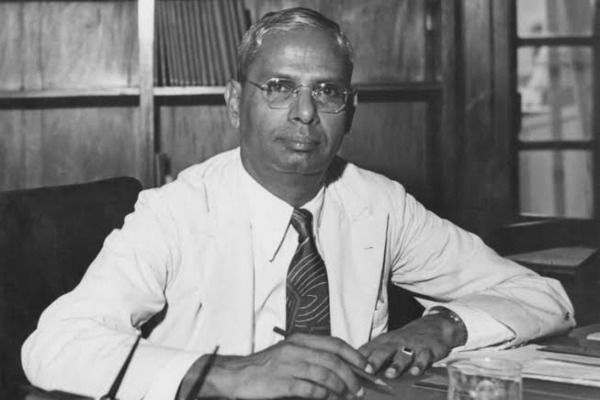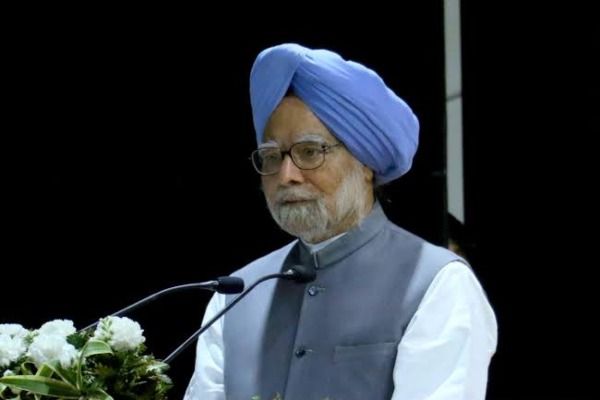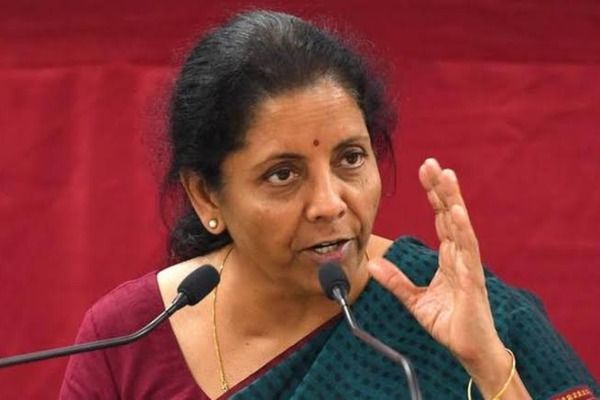Index
- Introduction
- History of Budget
- Traditions
- Budget 2020
Introduction
The economic situation of India is hidden from none. The government is eager to resolve the GDP crisis; the chaos in the markets of India has to be settled by applying a good strategy. All eyes are fixated on the Finance Minister of India, Nirmala Sitharaman. Which domain will be affected by the new Budget? Will it help India’s struggling economy? Such questions arise everyday in millions of hearts. Let’s talk about the most anticipated Budget of 2020.
History of Budgets
The Union Budget of India is the yearly budget of the Republic of India. Before 2016 it was presented on the last day of February, but now it is presented on the first day of February. This is done so that the budget is ready to be materialized before the new financial year starts. The Financial year of India starts from April 1; the budget has to be passed from Lok Sabha before the fiscal year begins. The budget is presented in the form of Appropriation bills and Finance bills.
The highest number of budgets represented are ten by Morarji Desai, P. Chidambaram follows with a count of 9 budgets, and Pranab Mukherjee has presented 8. C.D. Deshmukh, Yashwantrao Chavan, and Yashwant Sinha have given 7 budgets. Dr. Manmohan Singh and T.T. Krishnamachari have a count of 6 budgets under their name.
The economy of India can be divided into two categories that are Pre Liberalisation and Post Liberalisation.
1. Pre Liberalisation:

R.K. Shanmukham Chetty presented the first Union Budget of free India on 26 November 1947. Morarji Desai presented the Union budget for fiscal years 1959-1961 to 1963-1964. He also introduced the interim budget of 1962-1963. He is the only finance minister to present the budget on his birthday on 29 February. He had presented five annual budgets during his first term. He presented 3 final budgets in his second term when he was the Finance Minister of India and Deputy Prime Minister of India.
Indira Gandhi took over the Finance Ministry after the resignation of Morarji Desai. She became the first woman to hold the Finance Minister post.
2. Post Liberalisation

Dr. Manmohan Singh presented his annual budget in 1992, which opened the India economy for foreign investments. In 1996, the congress did not win a non-congress ministry formed the office. P. Chidambaram presented the 1996-1997 budget; he was a member of the Tamil Maanila Congress. During the constitutional crisis of 1997, the budget represented by P. Chidambaram was passed without a question or a debate.
In the general election of 1998 Bharatiya Janata Party won, and Yashwant Sinha presented Interim and Final Budgets for 1998-1999.
Traditions
There are many traditions associated with the Union Budgets of India. Below is the list of some quirky traditions of Union Budget.
- The first one is the date of the budget announcement. The budgets before 1999 were presented at 5 pm on the last working day of February. This was done to give overnight time to the tax department to make appropriate changes in the system. Yashwant Sinha changed the order as he announced the budget at 11 am on the last working day of February. Since 2016, the budget is announced on the first day of February.
- The second tradition is the container of the Budget, the budget s always carried in a leather briefcase, but this tradition was broken by Nirmala Sitharaman, who carried the budget in a red cloth.
- The third and most interesting tradition is the Halwa ceremony before the staff and minister commence working on the budget, Halwa is prepared in large quantities and served to the staff members and everyone else involved in budget making. This is done according to the age-old tradition in India of eating sweet before starting something.
Budget 2020 – What we know till now

The Union Budget 2020-2021 is expected to be presented on February 1, falling on a Saturday. This is the first time after 2016 that the budget presentation will be done on a Saturday. The Modi government decided to shift the date of the budget to the first day of February so that the process is completed by 31 March.
Nirmala Sitharaman faces a significant challenge in this budget; she has to take careful steps to help the struggling economy of India. This budget is crucial for her term as a Finance Minister. The setbacks faced by her are low consumer support, low rise in GDP of India, the rise in unemployment in India. Last year India was the highest growing economy in the world but was since then going downhill. The choices of Nirmala Sitharaman will be judged critically by the whole of India due to our economic status right now.
The private sector consumption has slow growth due to fewer jobs, lower incomes, and infeasible credit. The consumers are at their lowest right now. As the consumer market is down, the easiest possible solution to fix this is putting more money in the hands of consumers by cutting down income taxes. If the consumers have more money, then they will spend it, and the flow of the economy will keep on. This will bring a rise in the consumer market. But this can also backfire if the consumers instead of spending the money save it, disrupting the expected flow of cash. The cut in income taxes will bring loss to the government, along with a significant probability of backfiring.
Last year, Nirmala Sitharamam presented her first Budget, which was considered future-friendly, in September she announced steps in which are going to cost Indian Government INR 1.45 lakh crore annually in revenue.
The government will base taxes from 30 percent to 22 percent for old well-established companies, and for new companies, it will be cut down to 15 percent from 25 percent.
With the increase in surcharge, the income tax for people with an income of 2 to 5 crore has gone up from 35.88 percent to 39 percent. To help startups and their investors ‘angel tax’ was introduced for companies registered with the Department for Promotion of Industry and Internal Trade.
The wealthy Indians face harassment issues from certain departments of the Indian government, Prime Minister Narendra Modi has decided to apply a more friendly centralized system. The tax authorities of the Indian Government will issue the summons, notices, etc. through a digitally centralized computer system, and it will assign a Unique Identification Number to the document.
Similar to the corporate tax cut, there is a relief for the personal income tax of an individual. This is expected to boost the consumer market. The interim budget in February primarily benefited people with income below 5 lakh. More relief is granted to middle-class citizens with a standard deduction of INR 10000 to INR 50000 annually.
GST still faces concern for various reasons. The collection of GST revenue is not able to meet expected revenue targets bringing loss to the government. The collection was INR 3,28,365 crore, and the aim was INR 5,26,00 for the April to November period. Several GST council meetings are held with Finance Minister with representatives from all over India. These meetings include the decisions over the tax rates on goods and services. A new GST return filing system is expected from the new financial year 1 April 2020.










